Affiliate links on Android Authority may earn us a commission. Learn more.
The only thing stopping flexible displays from taking over is that no one is making them
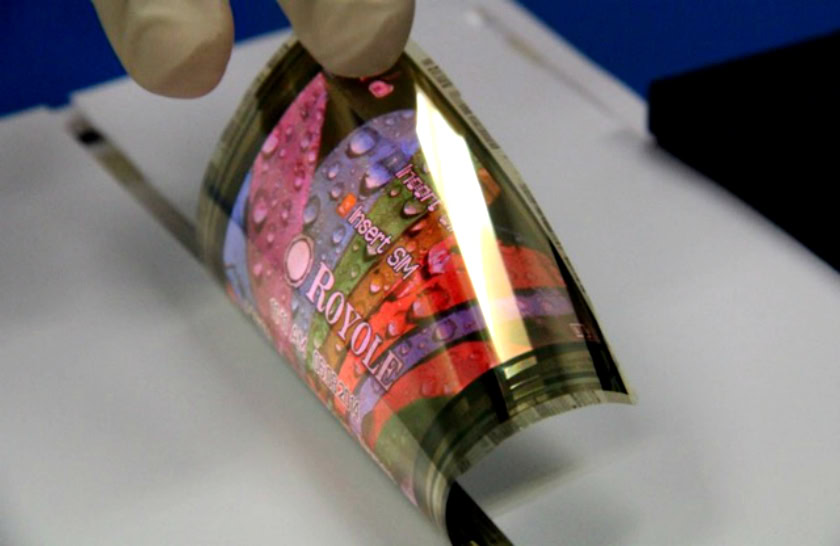
We’ve been hearing about the flexible display revolution for years now. It seems every trade show produces another folding or rollable AMOLED panel that looks great and gets us excited but never appears in a product we can actually buy. Following some interesting keynote comments at the 2016 China IT Summit, I spoke with Dr. Bill Liu from Royole about why flexible displays are taking so long to “arrive”. The short answer? Because no one is making them.
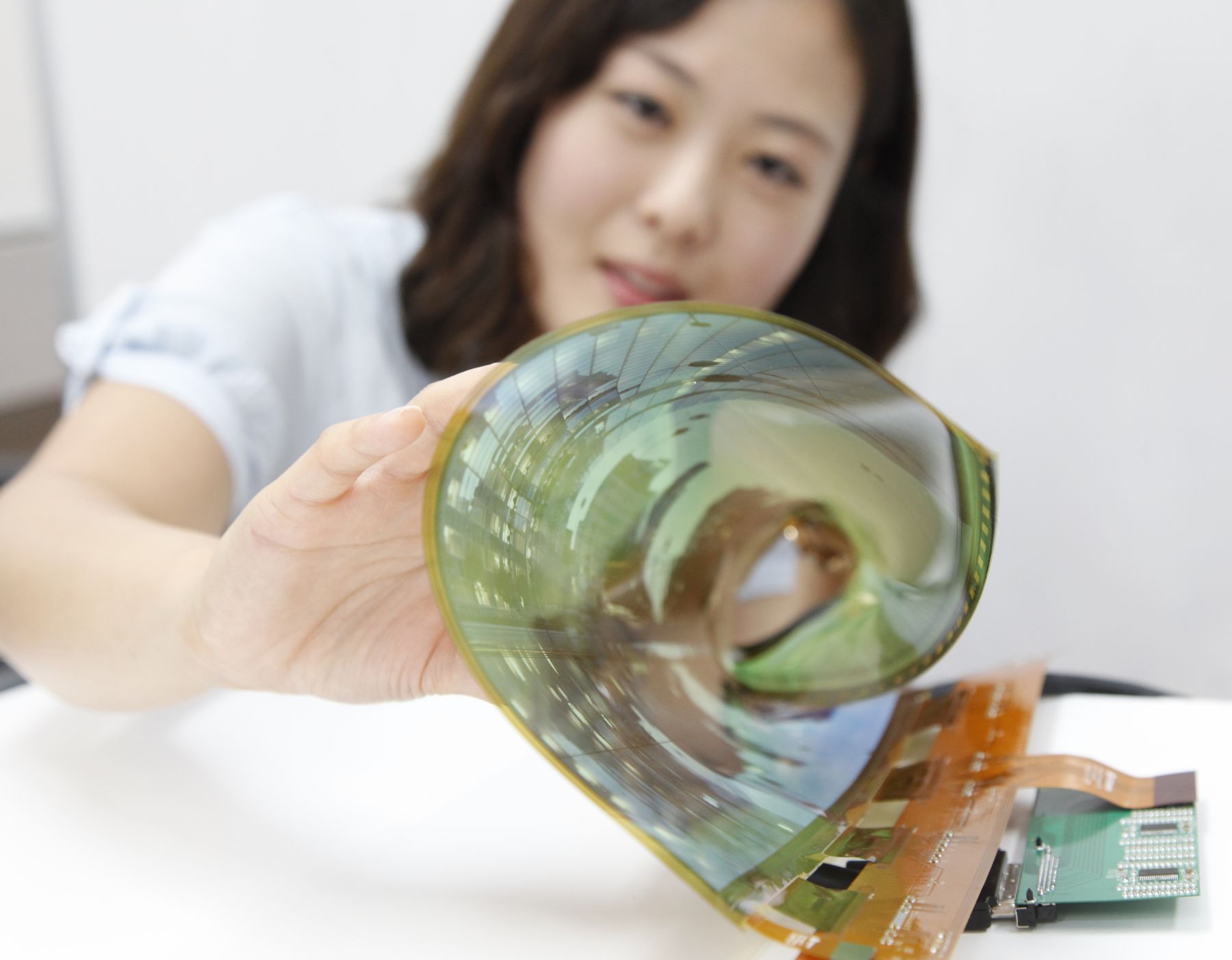
Even Royole’s impressive flexible color display, with a 0.01mm thickness and less than 1mm rolling diameter, was unveiled way back in 2014 and still hasn’t appeared in a fully flexible commercial product. As Dr. Liu told me, “it’s a high investment area, so no one has experience designing products for flexible displays yet because no one is making enough of them”.
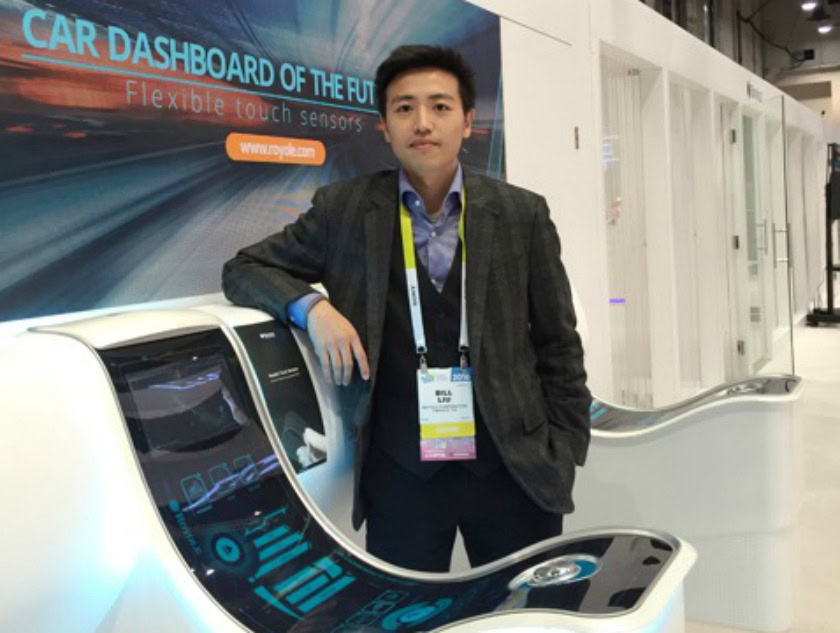
Technical challenges
Because of their familiarity, we perhaps don’t give enough credit to the complex technology that goes into producing a flexible display either.
“There are a lot of things going on with a flexible display. There are many different materials – semiconductors, conductors, insulators, barriers, substrates – that you have to combine into a very thin film. If you change a single material you probably have to change many others to make everything compatible.”
So it’s not just a single material innovation. Everything has to be created from the ground up and that’s why it takes so long. This makes sense. “But it’s not only the materials. The corresponding processes – device design, circuit design and product design – is all new too,” Dr. Liu tells me. But we’ve all seen flexible displays floating around the trade show circuit for years, so why hasn’t anyone put a product together yet?
We've had discussions with smartphone companies before, but if you don't have large volumes – even if the technology is very new and interesting – they can't take the risk.
“Volume is key. We’ve had discussions with different smartphone and tablet companies before, and they are really interested in flexible displays, but if you don’t have large volumes – even if the technology is very new and interesting – they can’t take the risk on a new project.” This is why Royole has raised over $200 million in capital: to start its own production facilities in China for flexible display panels. So when can we expect to see a smartphone with a flexible screen?
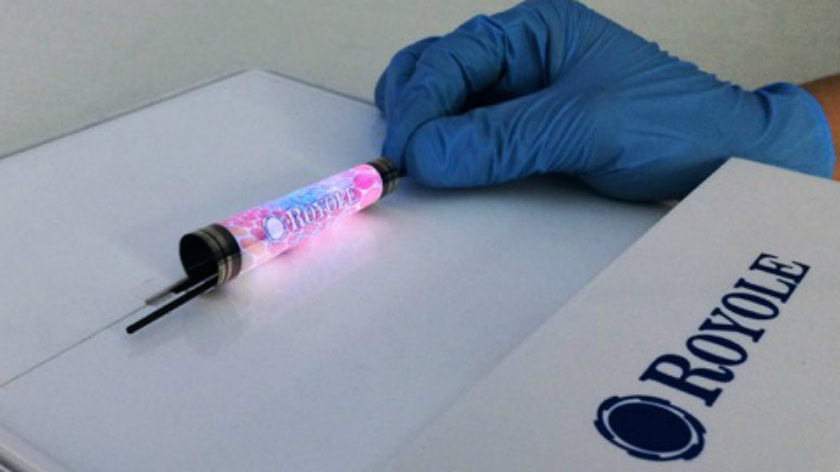
What will devices look like and when will we see them?
“I can’t say exactly when it will happen,” Dr. Liu told me. “You will see something new this year from our company. For more mature products, maybe a few years. But it won’t be many years.” So what about the likes of Samsung and LG? Are they likely to swoop in and scoop the flexible prize pool before Royole gets its factory up and running? “While that would help the industry, I think they are more focused on curved displays than fully flexible displays right now”.
I think Samsung and LG are more focused on curved displays than fully flexible displays right now.
So what would a flexible smartphone look like? Would it be a transparent slab of rubbery goo? A familiar form factor with a shock-absorbent display? Something more akin to a folding map than a smartphone? Or something else entirely? Dr. Liu is practical:
“What people really want is a way to combine portability and a large-screen video experience into one device. Even if the device itself is rigid, at least it’s portable. That’s good enough for most people because they just want a larger screen when they watch movies. Screen size is the key, so everything else could keep the same style as today.”
A pocketable form factor with large-screen capabilities is definitely an intriguing possibility. Dr. Liu agrees, “people want one device to have all the functions of traditional PCs, smartphones and more. Flexible displays have the potential to combine all of those functions into one device. That will fundamentally change the whole landscape of the electronics industry.”
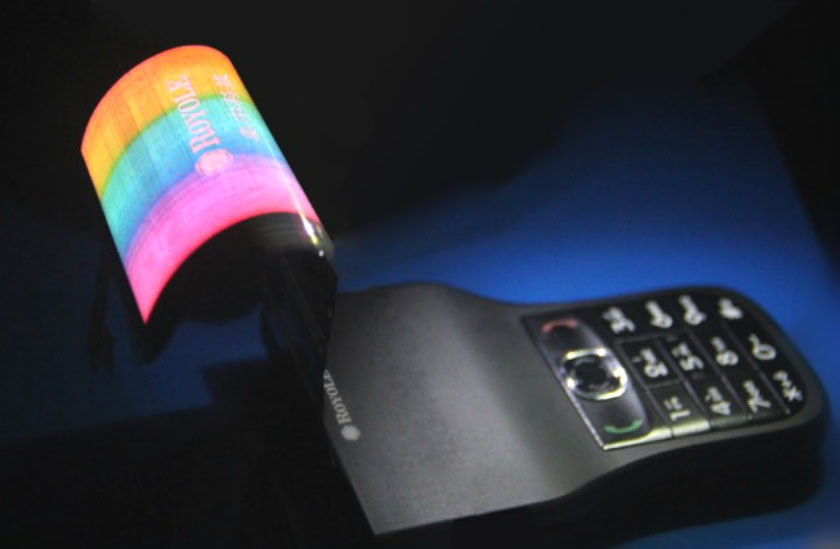
The future of flexible displays
But it’s not all about folding displays either. As Dr. Liu notes, “folding and unfolding is just the first step toward making this happen. In the future, as things mature, you will be able to roll displays up to have a pen-like device that unrolls to provide a larger screen.” It’s an exciting future, to be sure, but it’s one that always seems to be tantalizingly just out of reach.
In the future, you will be able to roll displays up to have a pen-like device that unrolls to provide a larger screen.
But Dr. Liu is optimistic.“Once we get the large volumes required there are a lot of opportunities. I’m not worried about the market, the market is there. The companies interested in the technology are there. That’s why we’re scaling up production. But flexible displays are still quite new to consumers. People need time to get used to this kind of technology. That’s the biggest challenge.”
But timing is also very important, according to Dr. Liu. “A few years ago there were a few companies trying to make this type of device, including Samsung and LG. But we didn’t see any products. I think it was still too early. Not only the technology itself but the supply chain – the equipment, the material companies – they just weren’t that mature. But things are different now.”
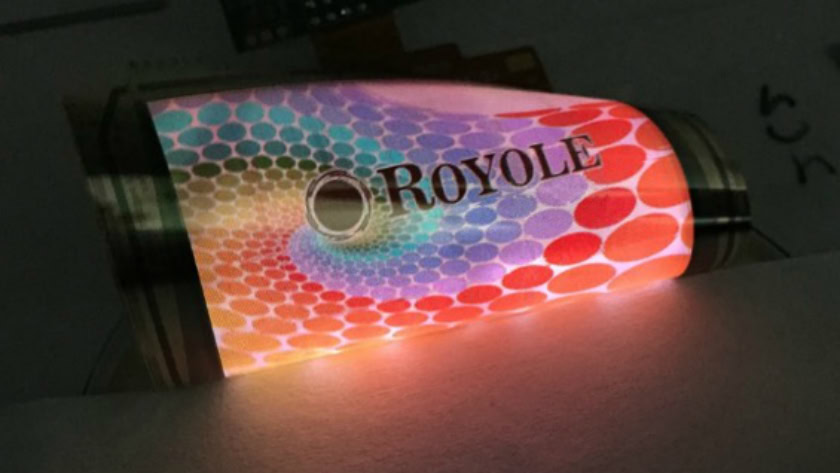
The next steps
But creating enough displays is one thing, figuring out commercial applications for them is another, especially at scale. As Dr. Liu admits, “no design team has experience around designing for flexible designs yet, it’s still too new. They need to think about how to take advantage of flexible displays in new product designs. That’s a challenge for the industry generally, to rise to the challenge.”
But Royole isn’t just sitting back and waiting for the rest of the industry to catch up. Last year it announced the Royole-X, a “foldable smart mobile theater” that approaches the twin challenges of portability and a large-screen experience from a different angle. The Royole-X is a folding headset that looks a lot like a VR unit, but instead of displaying VR, it provide the wearer with a comfortable, high-resolution (3,300 ppi!) IMAX-esque movie experience.
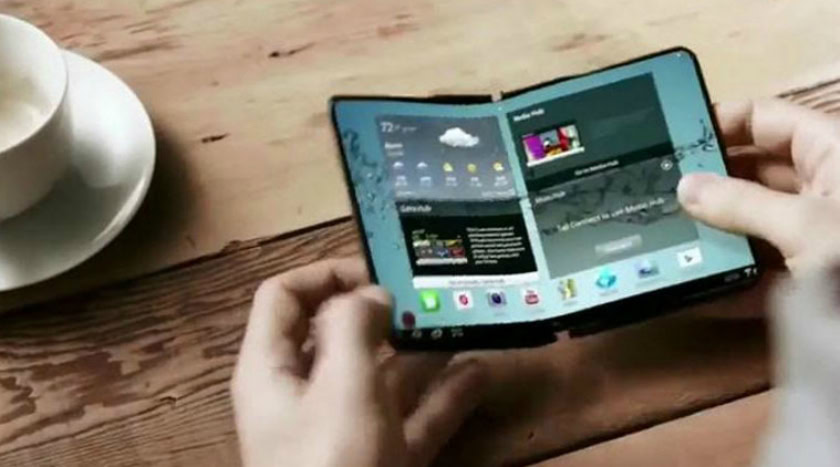
While the Royole-X might remain a niche – and rather pricey – product, when Royole completes its investment in manufacturing infrastructure we might finally begin to get our first real taste of a world with flexible displays. And all it will have taken is someone to start making enough of them. Well, that and ten years of research and development.
Are you excited for flexible displays? What kind of products can you foresee? Conversely, do you feel the tech is mostly a pipe dream, at least into the foreseeable future?